Portugal: A Short History through Art & Architecture
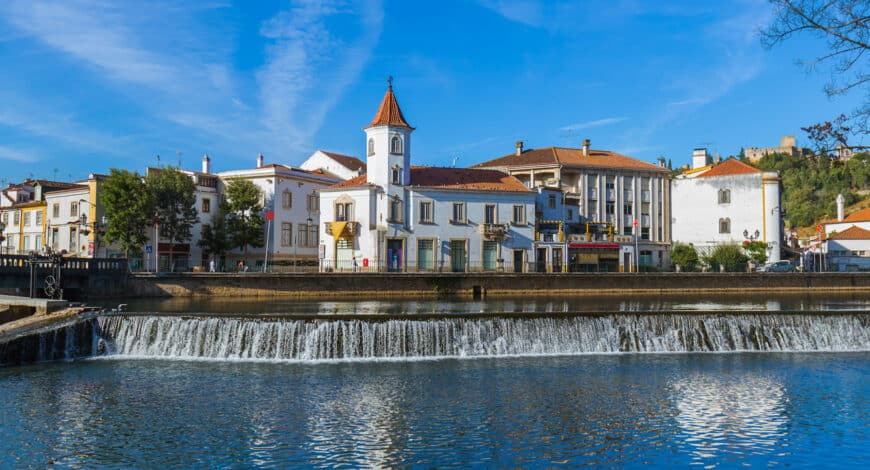
Located in the extreme southwest of Europe, Portugal is a narrow rectangle of land, 560km long and 119 to 220km wide. Its political borders are completely artificial from a geographical point of view, but they have remained stable since the end of the 13th century. The poet Luís de Camões said in his epic The Lusíadas, published in 1572 that “Portugal is the head of Europe, the place where the land ends and the sea begins”. The territory that is now Portugal was once held by the moors that occupied the Iberian Peninsula since the 8th century. From the 12th to the end of the 13th century it was conquered by the Christian Portuguese kings from Afonso Henriques (1139-1185) to Afonso III (1248-1279). Despite its small size, Portugal is a land where art flourished throughout the centuries, providing a lens through which we can view the country and its evolution.
From Prehistory to Christianity
Since ancient times, the modern Portuguese territory was occupied by very different peoples – Greeks, Phoenicians, Visigoths, Carthaginians or Romans. Traces of these early civilisations are found throughout Portugal, from the prehistoric megalithic complex of the Almendres, located near Évora in southern Portugal, to the Roman city of Conimbriga near Coimbra in central Portugal. During the Middle Ages, Portugal was the stage of many battles as the Portuguese kings sought to conquer the land from the Moors and convert it to Christianity. The pursuit of this ideal led to many of Portugal’s early kings devoting their lives to conquering the territory, building castles and cathedrals that look like fortresses, and giving land to several religious orders to help settle the population and prevent reconquest by the Moors. Alcobaça was built over a large expanse of land given by Afonso Henriques, the first king of Portugal, to Saint Bernard of Clairvaux. The main abbey of Clairvaux in France was destroyed during the French revolution, so Alcobaça provides the best example of how the Cistercian monks built and lived.
Victory against the Kingdom of Castile
Around 1383 a great dynastic crisis ensued after the death of King Fernando, whose daughter and heiress to the throne was married to the King of Castille. It left the realm without a ruler because the Portuguese wouldn’t accept rule by the Castilians. The future King João I (1385-1433), illegitimate child of King Pedro and brother of Fernando, fought for the throne against the King of Castille and won a resounding victory at Aljubarrota in 1385. Having promised the Virgin Mary, he would build Her a monastery in case of victory, he ordered the construction of a huge monastery called Monastery of Our Lady of the Victory where the best Portuguese and foreign master builders from that time were employed. The Batalha monastery as it is known, built in the Gothic style, had Manueline decoration added during the reign of King Manuel I (1495-1521).
O Império Português: The Portuguese Empire
In 1415, the Portuguese army set sail from Lisbon to capture Ceuta, an important city in northern Morocco. This gave Portugal control of the Strait of Gibraltar and later the trade with the East, which had until then been monopolised by the Moors and the Venetians. During the reign of King Manuel, the Portuguese arrived in India (1498) and two years later in Brazil (1500). They established colonies and trading posts and came into contact with peoples of vastly different cultures. In addition to vast wealth, it introduced new cultural ideas and artistic treasures to the Portuguese.
All this allowed the King to finance many improvements in different buildings such as the Palace of Sintra or the Monastery of Batalha, and new commissions such as the building of the Monastery of Jerónimos in Lisbon, or artistic ones like the Belém Monstrance for that same monastery.
The Portuguese arrived in Japan in 1543 where they introduced firearms and the Christian religion; their presence is pictured in the Namban Screens, which represent Portuguese traders arriving and departing from Japan. Despite the continued expansion of Portuguese territory during his reign, King João III (1521-1557) began to experience difficulties in maintaining its overseas territories. His heir and grandson King Sebastião died young in 1578, and a period of decline began. King Philip II of Spain became King of Portugal in 1580, and it took 60 years before Portugal could recover its independence. A fragile country emerged from that period and the war with Spain lasted until 1668.
A new era of prosperity was only possible after the ascension to the throne of King João V in 1706. The King endeavoured to project Portugal as an international power embarking on an ambitious building program in an attempt to emulate Rome and the court of Louis XIV of France. The building of the huge monastery-palace in Mafra was possible because of the enormous amount of gold and precious stones brought from Brazil. This wealth allowed the King to indulge in the heavy use of imported luxury goods like Italian marbles, and he even commissioned fully fitted and decorated chapels from Rome, such as the Chapel of St. John the Baptist in the Lisbon Church of Saint Roch. Another crucial work commissioned by João V was the University Library in Coimbra, one of the most beautifully decorated in Portugal.
The Earthquake of 1755 and the advent of the Baroque
One of the biggest tragedies that ever befell Portugal occurred during the reign of King João V’s son, José I (1750-1777). The earthquake and resulting tsunami of 1755 almost entirely destroyed Lisbon and damaged areas nearby such as Sintra, and even reach the southern coast of Portugal. It struck on the 1st of November, All Saints Day, when many were attending mass. The candles burning in churches throughout the city started a huge fire. It is estimated that the earthquake caused the death of 30-40.000 people. The prime minister of King José, the Marquis of Pombal, was the man charged with the reconstruction efforts that rebuilt and modernized the city.
Meanwhile in northern Portugal, the earthquake was a distant event and great art, and architectural ensembles continued to be commissioned. In 1756 the Dominican friars at the 11th-century Monastery of Tibães commissioned one of the most impressive Baroque decorations still extant. It later became the Dominican main house for Portugal and Brazil. This vast complex has an astonishing church that is one of the best examples of the gilded wood carved Baroque and Rococo decoration in the north and had an enormous influence on other buildings in northern Portugal and on colonial churches, especially in Brazil. The architect André Soares (1720-1769) designed the main altarpiece as well as the woodwork of the triumphal arch of the main chapel, the pulpits and lateral chapels.
Porto on the Douro, jewel of the North
Porto, the country’s second largest city is an important place to visit. Here we find the Saint Francis Church, a Gothic church entirely covered during the 17th and 18th centuries with a gilded wood carved Baroque decoration and therefore known as the “Golden Church”. Other important monuments of the city are the Clergy Tower and church (Igreja dos Clérigos), built by the Italian architect Nicolau Nasoni between 1735-1748; and the Stock Exchange and Fund Market (Palácio da Bolsa), a neoclassical building dating 1862-1880. At the Soares dos Reis Museum (named after an important sculptor) we find interesting works from Portuguese 19th century painters including the Self-Portrait of Aurélia de Sousa, possibly the first known Portuguese female painter (1866-1922).
Portugal in the modern period: dictatorship, decolonisation and creativity
In a way, the 20th century began in 1908 for Portugal with the murder of King Carlos in Lisbon. Two years later the monarchy was abolished, and Portugal became a republic with unstable governments. A terrible economic crisis led to the government of António de Oliveira Salazar after a military coup in 1926. The country was poor and underdeveloped, and life was particularly hard for artists. Despite all those difficulties, the first half of the century was marked by the work of important painters like Amadeo de Souza Cardoso, who lived and studied in Paris, influenced by the Parisian artistic movements, and died in 1918 from the ‘Spanish Flu’, as did the musician António Fragoso.
In 1940, the Great Universal Exhibition (Exposição do Mundo Português) took place in Lisbon, just in front of the Jerónimos Monastery. One of the main painters who worked there was José de Almada Negreiros, one of the most important Portuguese painters of the 20th century. After the death of Calouste Gulbenkian in 1955, a British national of Armenian origin and a collector and businessman, a foundation bearing his name was created in Lisbon, aiming to improve people’s lives through art, charity, science and education. This foundation helped Paula Rego, a Portuguese painter living in London, develop her career by giving her a scholarship early in the 70’s. Rego is widely considered the most important Portuguese painter and has her own museum in Cascais.
Portugal’s vast colonial empire, founded in 1415 at the start of the Age of Discovery, lasted for almost six centuries and was only officially dissolved in 1999. However, the country’s colonial ambitions had long been waning. In 1822, Brazil declared its independence; in 1961 India annexed Goa (a Portuguese territory since 1515), while the colonies in Africa – Portuguese Guinea, Mozambique, Angola, Cape Verde and São Tomé Islands – became independent in 1974-1975. Indonesia annexed Portuguese Timor in 1975, and the final territory, Macau, was returned to China in 1995.
Join Dr Maria de Lourdes Riobom, and explore the distinctive history of fascinating Portugal and its Renaissance & Baroque palaces, gardens, medieval castles, Roman monuments & Palaeolithic rock art.
Meet Dr Maria de Lourdes Riobom Here
- Maria leads ASA’s Silver Coast and Golden River: Art, Architecture & Culture of Portugal
- View Tours Maria is currently leading
View our current selection of programs to Portugal
Article images
Roman ruins of Conimbriga. Photo by Inge Pullar-Baan
Alcobaça Monastery. Photo by Inge Pullar-Baan
Batalha Monastery. Photo by Dr Julia Kelly
Namban art in the Museu Nacional de Arte Antiga. Photo by Sailko, CC BY 3.0 <https://creativecommons.org/licenses/by/3.0>, via Wikimedia Commons
Univeristy of Coimbra. Image ID: 68142834 Copyright Saiko3p | Dreamstime.com https://www.dreamstime.com/saiko3p_info
View of Porto. Image ID: 96619016 Copyright Freesurf69 | Dreamstime.com https://www.dreamstime.com/freesurf69_info
The images have been resized for this website.

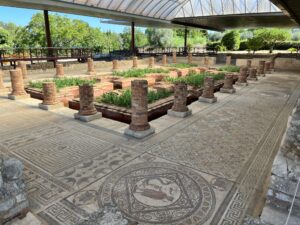
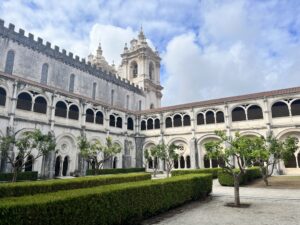
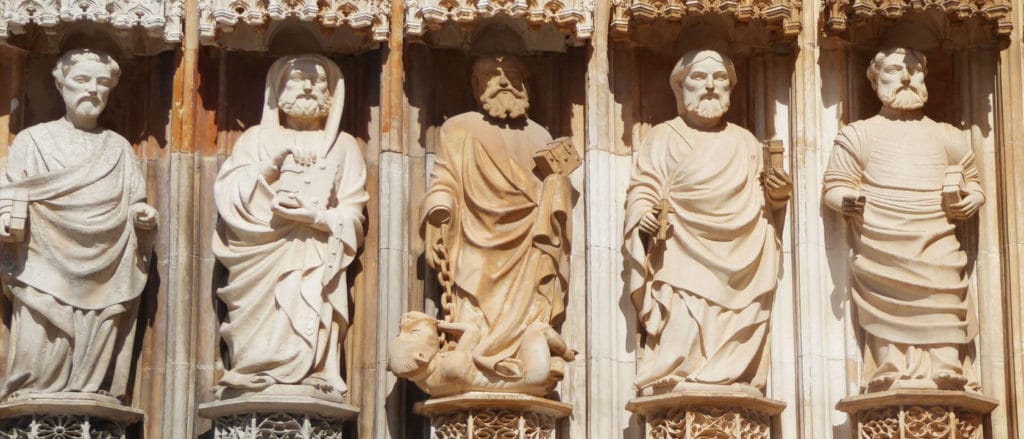

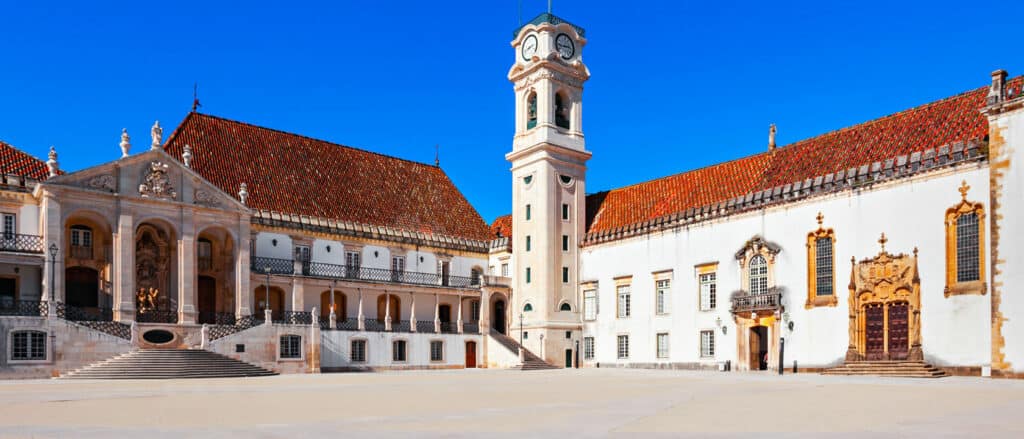
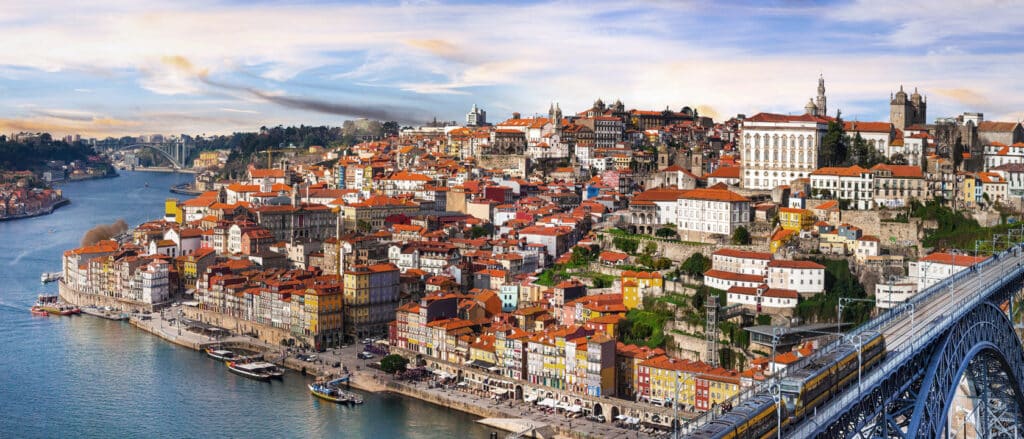

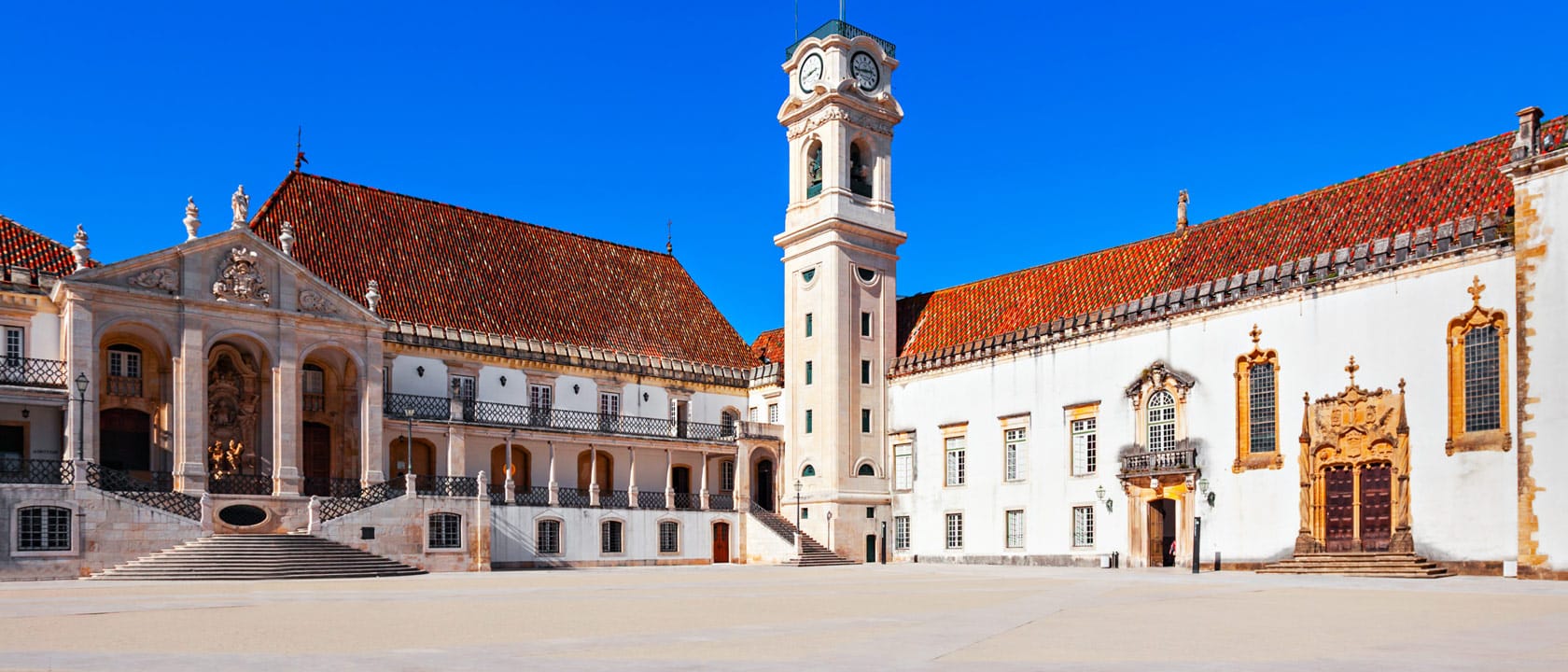 Silver Coast and Golden River: Art, Architecture & Culture of Portugal 2025
Silver Coast and Golden River: Art, Architecture & Culture of Portugal 2025